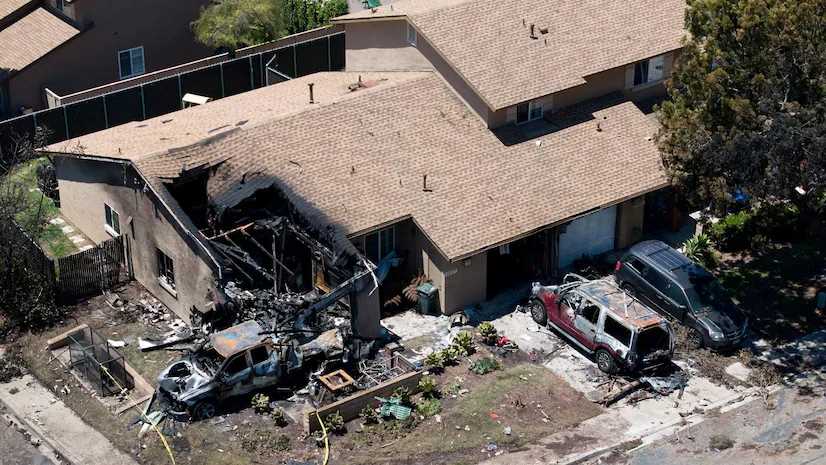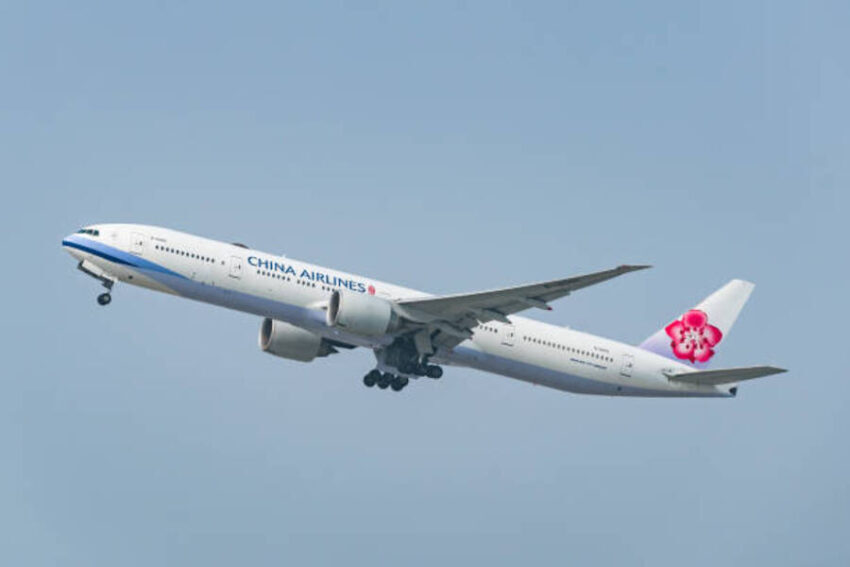- by foxnews
- 25 May 2025
Six Dead in Private Jet Crash Near San Diego, as NTSB and FAA Launch Investigation: What You Need To Know
In the early morning hours of May 22, 2025, a private jet tragically crashed into a residential neighborhood near Montgomery Gibbs Executive Airport, San Diego, resulting in the deaths of all six people onboard.
- by travelandtourworld
- 25 May 2025
- in travel

In the early morning hours of May 22, 2025, a private jet tragically crashed into a residential neighborhood near Montgomery Gibbs Executive Airport, San Diego, resulting in the deaths of all six people onboard.
The incident has sparked a comprehensive investigation by the National Transportation Safety Board (NTSB) and the Federal Aviation Administration (FAA), focusing on potential factors including pilot fatigue, deteriorating weather conditions, and limited alternate landing options.
At approximately 3:45 AM local time, a 1985 Cessna Citation II (registration N666DS), operated privately by music executive and licensed pilot Dave Shapiro, struck power lines and then clipped a house in the Murphy Canyon neighborhood, roughly two miles from Montgomery Gibbs Executive Airport. The jet subsequently crashed, causing extensive damage to 10 homes in the military housing area, with one residence destroyed completely.
The flight originated at Teterboro Airport, New Jersey, at 11:15 PM EDT on May 21, with a refueling stop at Colonel James Jabara Airport in Wichita, Kansas. After a brief 45-minute stop, the jet resumed its journey, completing a nearly eight-hour overnight flight destined for San Diego.
According to Federal Aviation Administration (FAA) regulations and guidance (referenced in FAA Advisory Circulars such as AC 120-105 on operational safety), such visibility levels impose serious challenges, especially for private pilots not operating under commercial flight rules or without the benefit of advanced instrument landing systems.
While Shapiro was not a commercial airline pilot, he was highly experienced, owning a flight school and previously serving as an instructor. However, unlike commercial airline crews governed by strict FAA flight and duty time regulations (FAA Part 117 rules), private pilots frequently operate on irregular schedules with less oversight on rest periods.
Moreover, the use of instrument approaches such as the Instrument Landing System (ILS) or GPS-based approaches is crucial in fog and low ceiling scenarios, but not all private jets or pilots have the equipment or currency to safely perform these procedures.
Preliminary findings indicate the Cessna Citation II struck power lines during its descent, clipped a residential structure, and ultimately crashed, indicating a controlled flight into terrain (CFIT) scenario aggravated by low visibility and fatigue.
This accident is consistent with prior NTSB investigations where pilots, operating under stress and fatigue, continued approaches despite deteriorating conditions without diverting or aborting.
The crash devastated part of the Murphy Canyon military housing neighborhood. While the FAA and NTSB investigations focus on the causes and prevention of future accidents, emergency services responded swiftly, tending to eight ground injuries.
Local residents and officials have expressed shock and grief, emphasizing the importance of investigating and addressing systemic issues in private aviation safety.
The National Transportation Safety Board (NTSB) has jurisdiction over the crash investigation and will examine all factors, including:
The Federal Aviation Administration (FAA) will concurrently review regulatory compliance and safety oversight relevant to the flight.
This tragedy underscores the critical need for enhanced safety practices in general aviation, particularly around human factors and weather assessment.
The May 22, 2025, crash of the Cessna Citation II in San Diego tragically ended six lives and damaged a residential community. Early indicators point toward a combination of pilot fatigue, poor visibility, and limited alternate landing options as key contributors.
As the NTSB and FAA investigations continue, aviation safety experts and regulators will likely focus on strengthening fatigue management protocols, improving weather information dissemination, and encouraging pilots to prioritize diversion and safety over mission completion.
For those interested in aviation safety updates and detailed investigation reports, official resources include:
- by foxnews
- descember 09, 2016
Rare 1,200-year-old Christian cross found in field by metal detectorist
The City of Leeds in the U.K. recently revealed a Saxon treasure: a gilded pendant from Northumbria's Christian past, offering a glimpse into early medieval life.
read more




